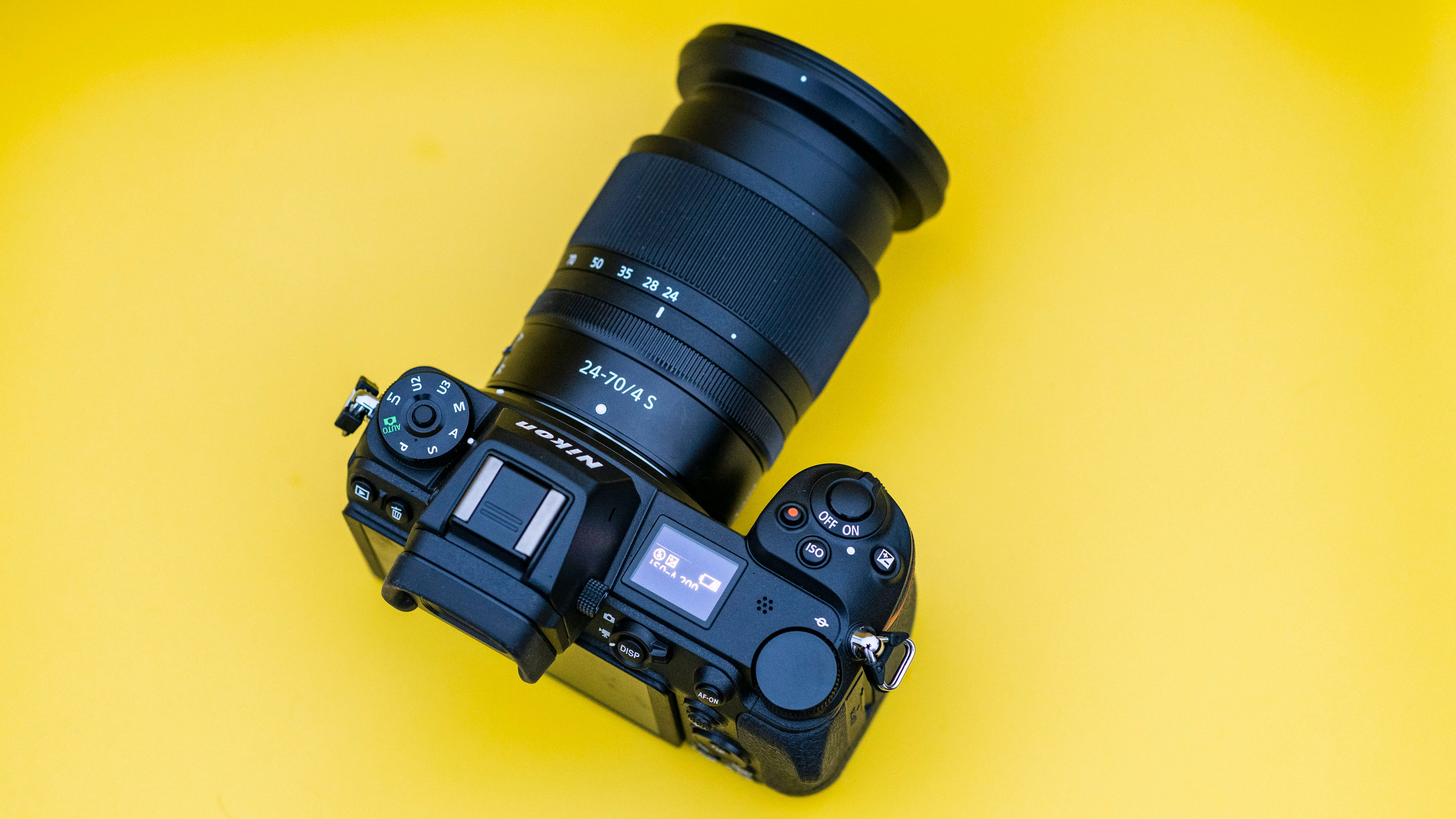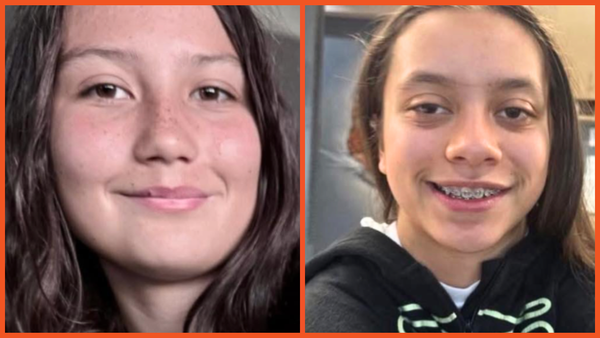
When Nikon first launched its full-frame mirrorless series, the Z7 was the top flagship. But now that Nikon’s full-frame lineup branches from the Z5 II to the Z9, the Nikon Z7 II sits more in the middle. As the Nikon Z7 II approaches its fifth birthday this fall, rumors have been swirling about a possible successor. But if there’s one thing I want to see come to Nikon’s mid-level Z series, it’s a feature only recently unveiled inside the Nikon Z5 II: an autofocus system that can focus as dark as -10 EV.
When mirrorless cameras first started to trickle onto the scene, DSLRs still reigned with the better autofocus, particularly in limited lighting. But mirrorless autofocus technology has gotten progressively better, giving the newer camera format the edge in performance. Still, -10 EV on the Nikon Z5 II is impressive because even the Z9 is only rated to -7 EV, or -9 EV with starlight view.
One of the key factors that I look for when buying a camera is how well the camera can focus in low light. This is in part because I’m a wedding photographer and I need a camera that can keep up on a dark dance floor. But, it’s also because focusing in low light is one of the biggest challenges for autofocus systems. In a dim room, there’s less contrast and less light to help the camera “see” what to focus on. Low-light autofocus performance is a good indicator of how the camera performs in the most challenging scenarios.
That’s why I was so surprised when I read through the new Nikon Z5 II’s tech specifications and saw an autofocus rating of -10 EV. That’s a major jump. The Nikon Z7 II is only rated for -3 EV, or -4 EV if you put the camera in low light mode.
It’s not uncommon for a cheaper camera to have a few better features than an older, higher-priced camera, particularly in the case where the camera is as old as the Nikon Z7 II is. Autofocus technology has been steadily improving over the last few years, and the Z5 II’s impressive -10 EV autofocus rating illustrates that. The leap forward in low-light autofocus for the Z5 II makes me hope that the next mid-tier full-frame mirrorless will also have a significant improvement in low-light autofocus.
The Z7 II has a higher resolution 45.7MP sensor compared to the Z5 II’s 24.5MP. Higher resolution sensors tend to struggle a bit more with autofocus than lower resolution systems, so I’m not even sure that it’s technically possible to outfit a 45.7MP sensor with a -10 EV autofocus system. But, I think it’s a pretty reasonable expectation for the Z7 III, if it ever does come to fruition, to at least make some significant gains in low-light performance.
The Nikon Z7 II will turn five years old this fall – an age that has many camera rumors swirling about a possible successor. Until then, though, the list of features on the newly announced Nikon Z5 II has me excited about what’s next for Nikon.
You may also like
Is the Nikon Z7 II the right fit? Browse the best Nikon cameras before you decide, or take a look at the best lenses for the Nikon Z7 II.







